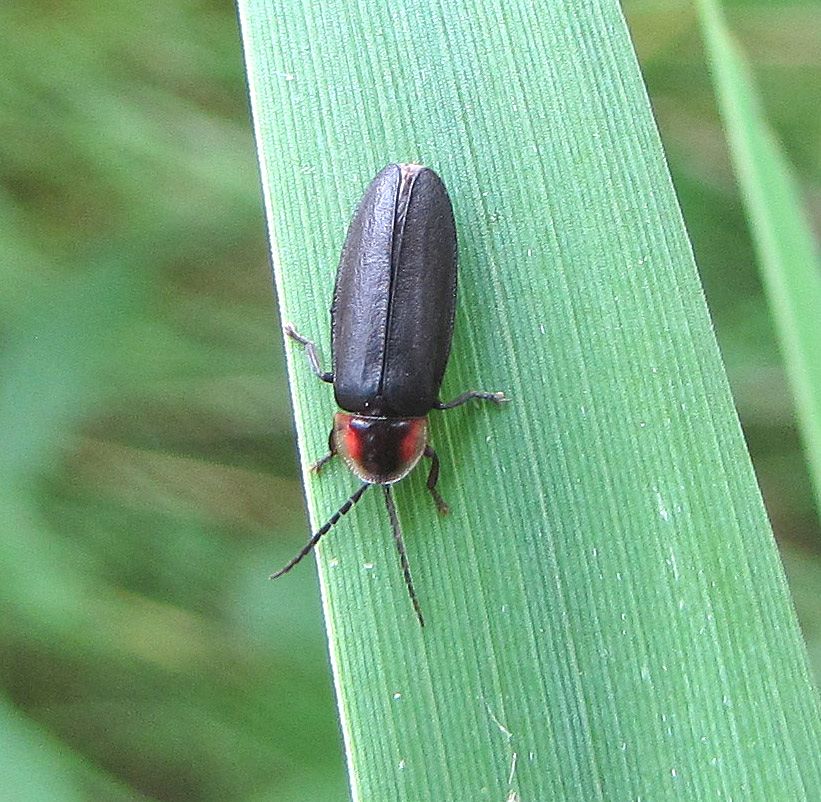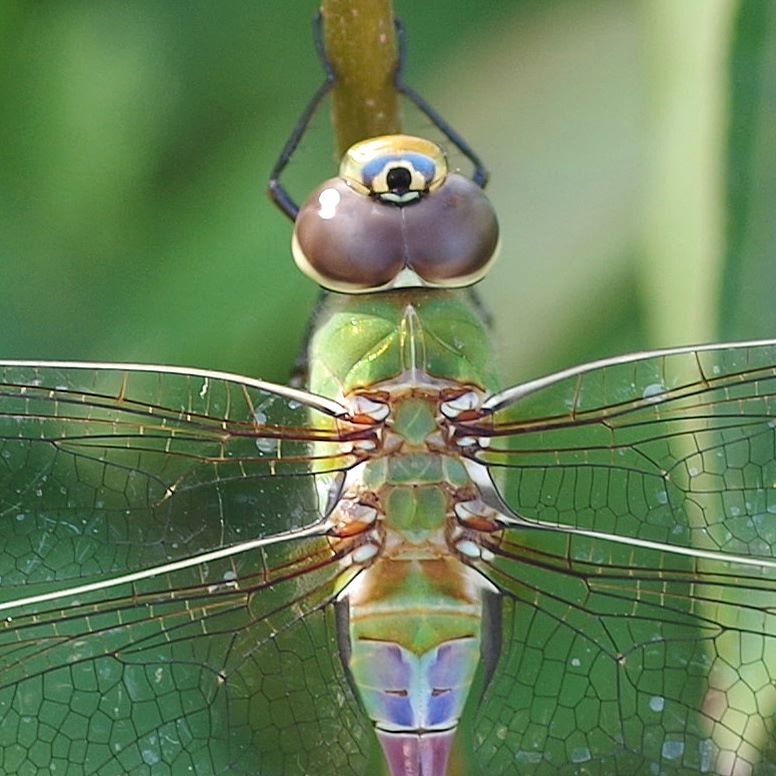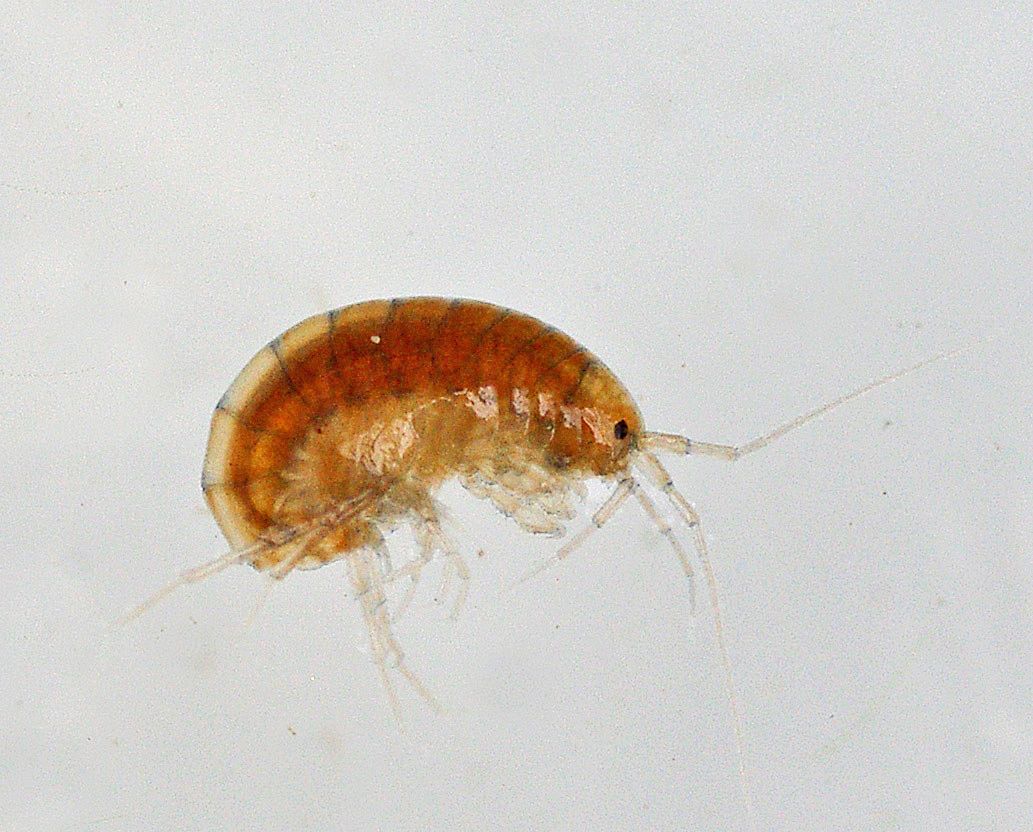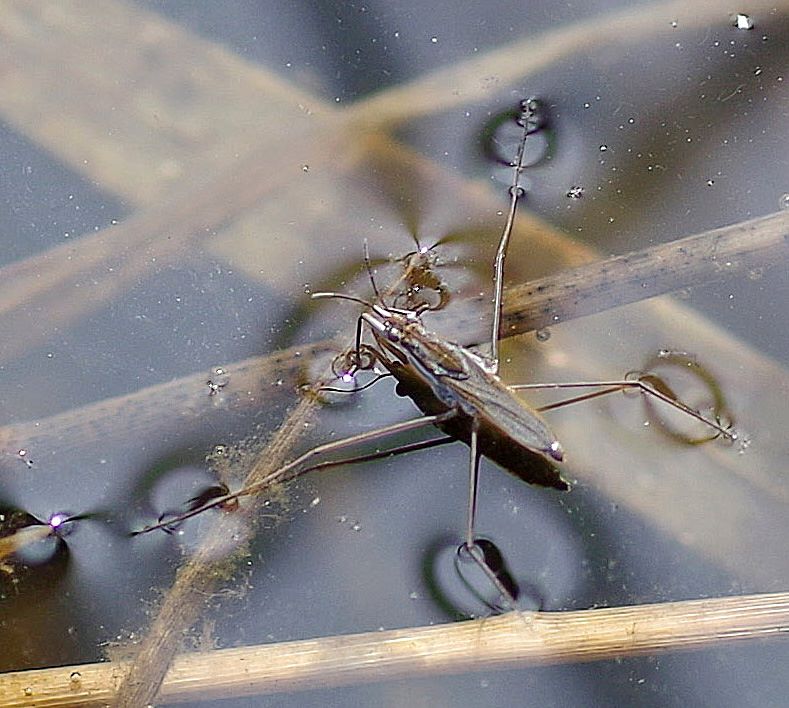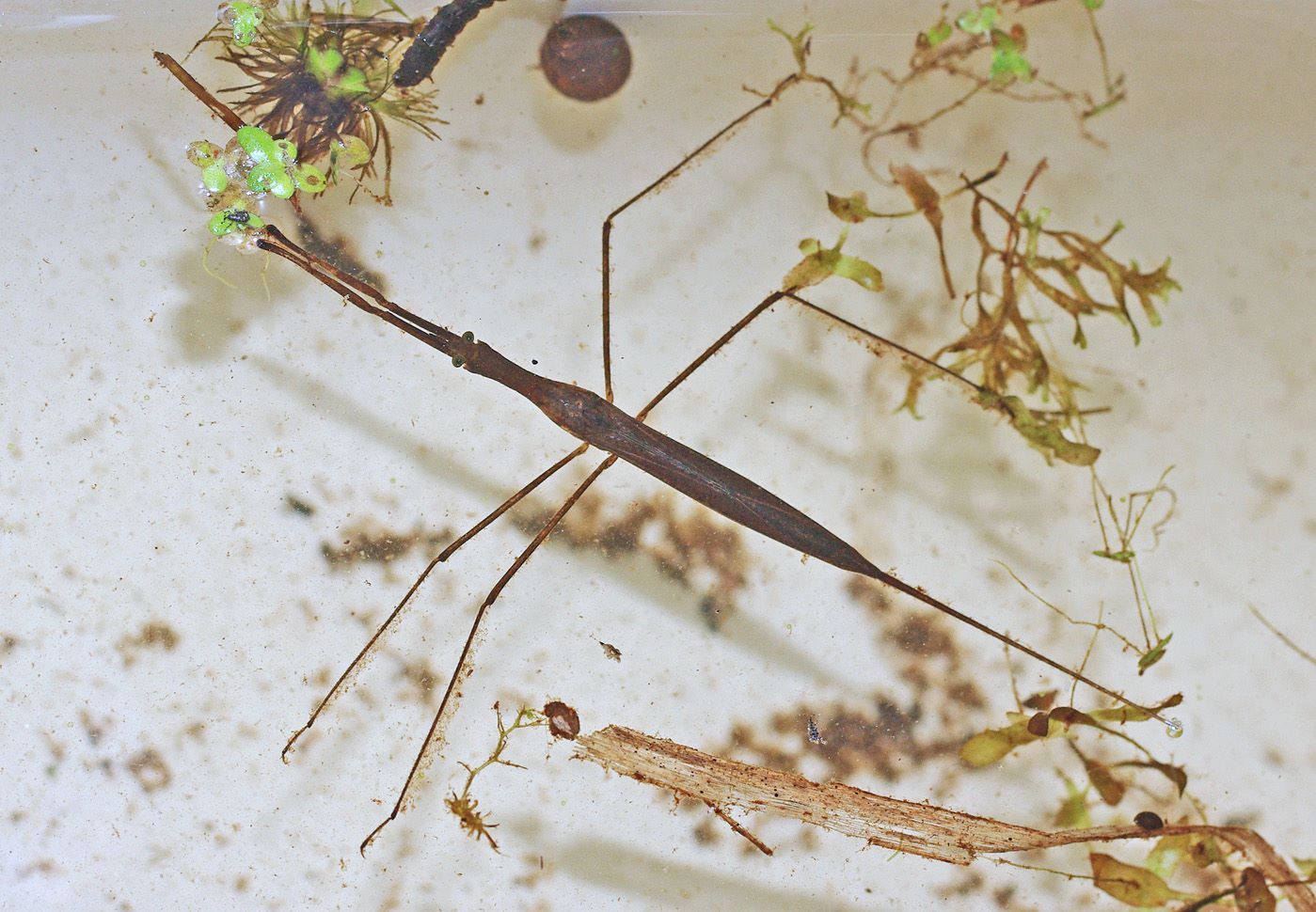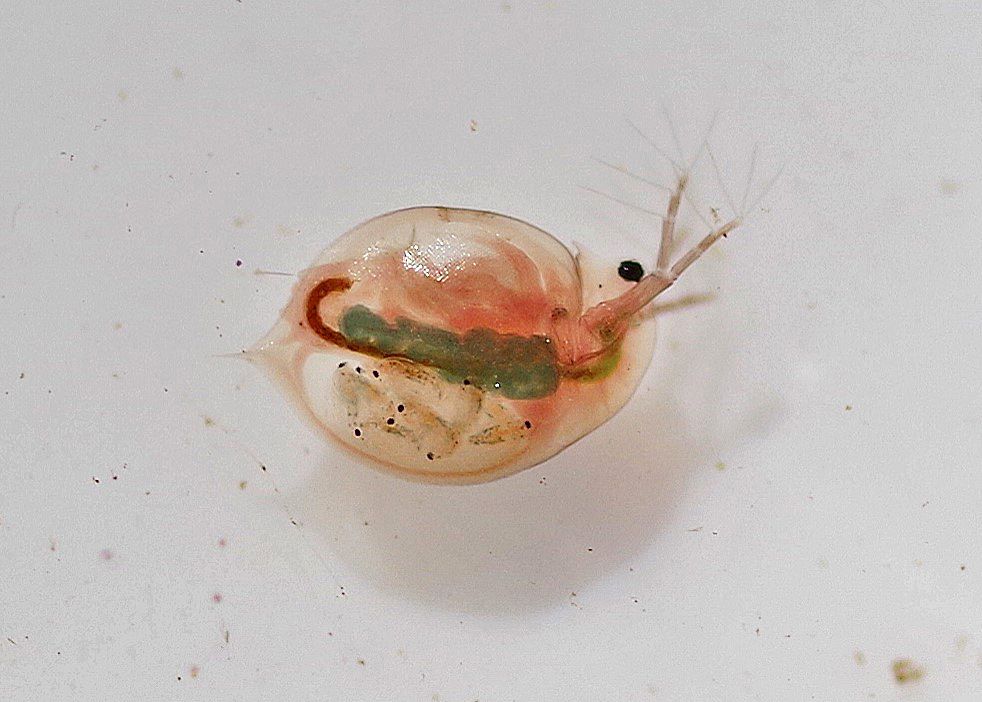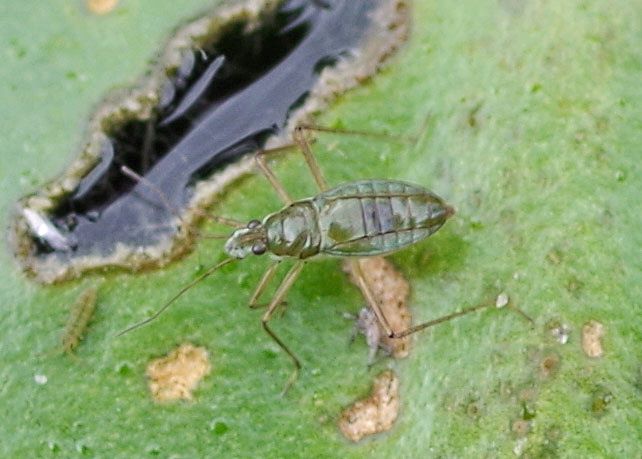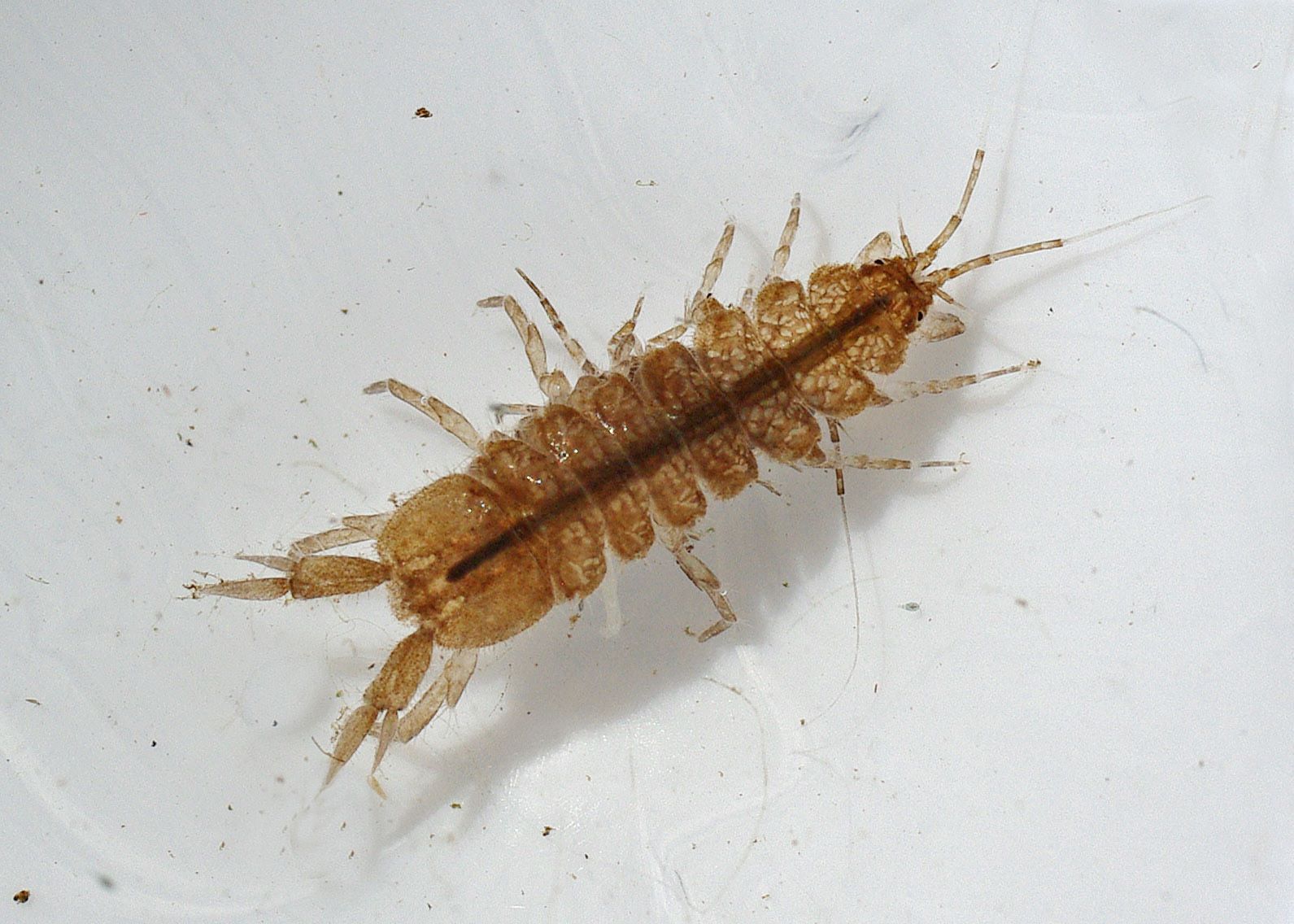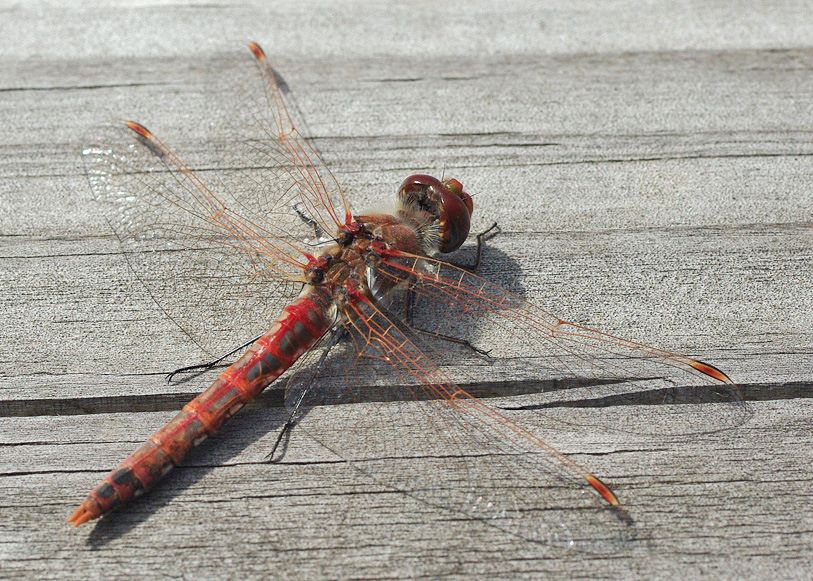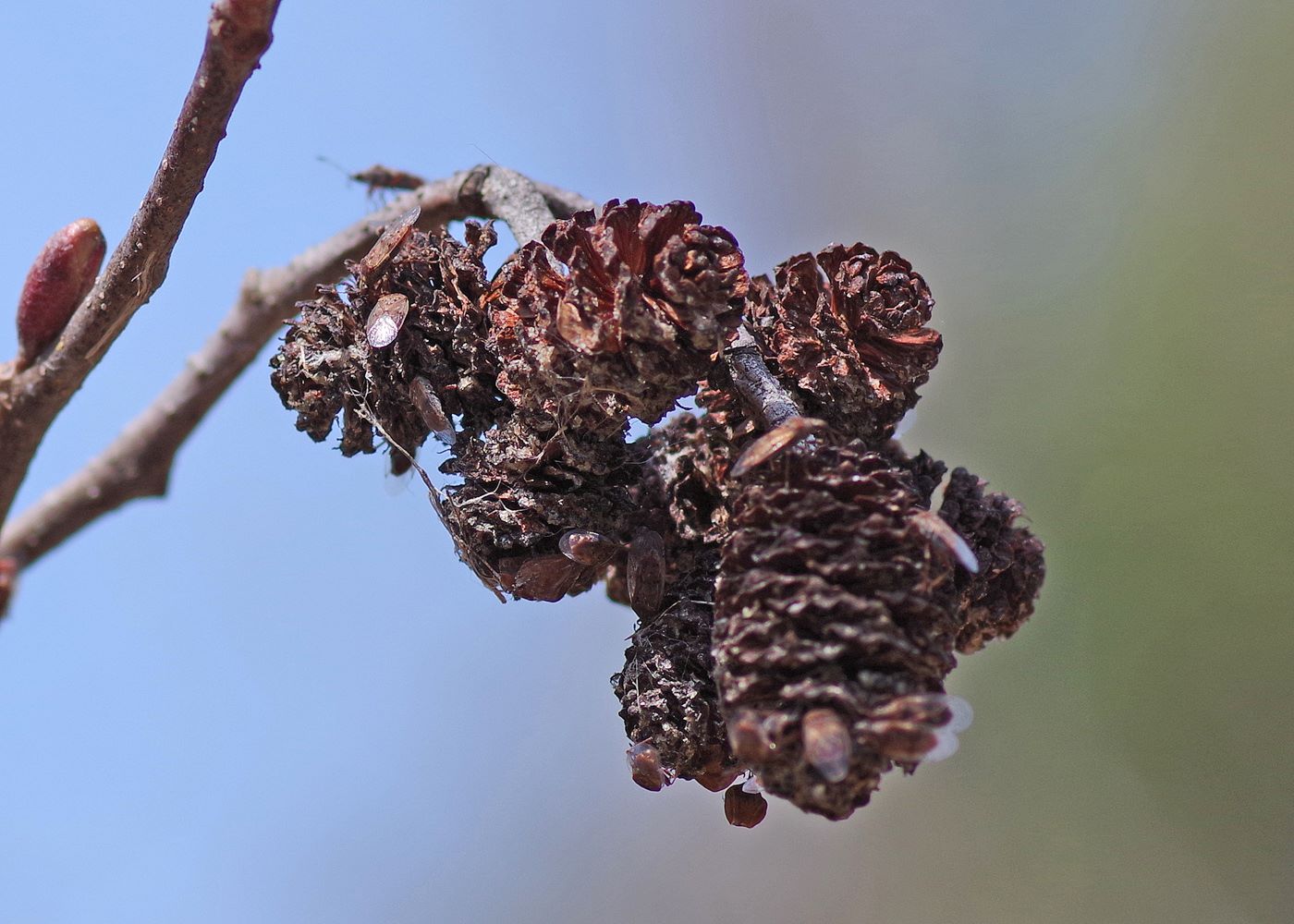Greetings, BugFans,
The celebration of American Wetlands Month continues.
We’ve all seen the list of wetland benefits – wetlands recharge groundwater, protect us from floods by trapping water and releasing it slowly, improve water quality by absorbing pollutants and sediments (they’ve been called “the kidneys of a watershed”), protect shorelines from erosion, and provide recreation and beauty. And they’re amazingly productive, biologically – they provide homes and habitats for many plants and animals (for 75% of Wisconsin wildlife species, says the Wisconsin Wetlands Association), and according to the Defenders of Wildlife organization, “More than one-third of our country’s threatened and endangered species live exclusively in wetlands, and almost half of these imperiled species use wetlands at some point in their lives.” They are considered as productive as coral reefs and rainforests, and they feed us and multitudes of other animal species (“biological supermarkets,” said one report).
Without further ado — WATER TREADERS (2014)
 05.10.23
05.10.23
